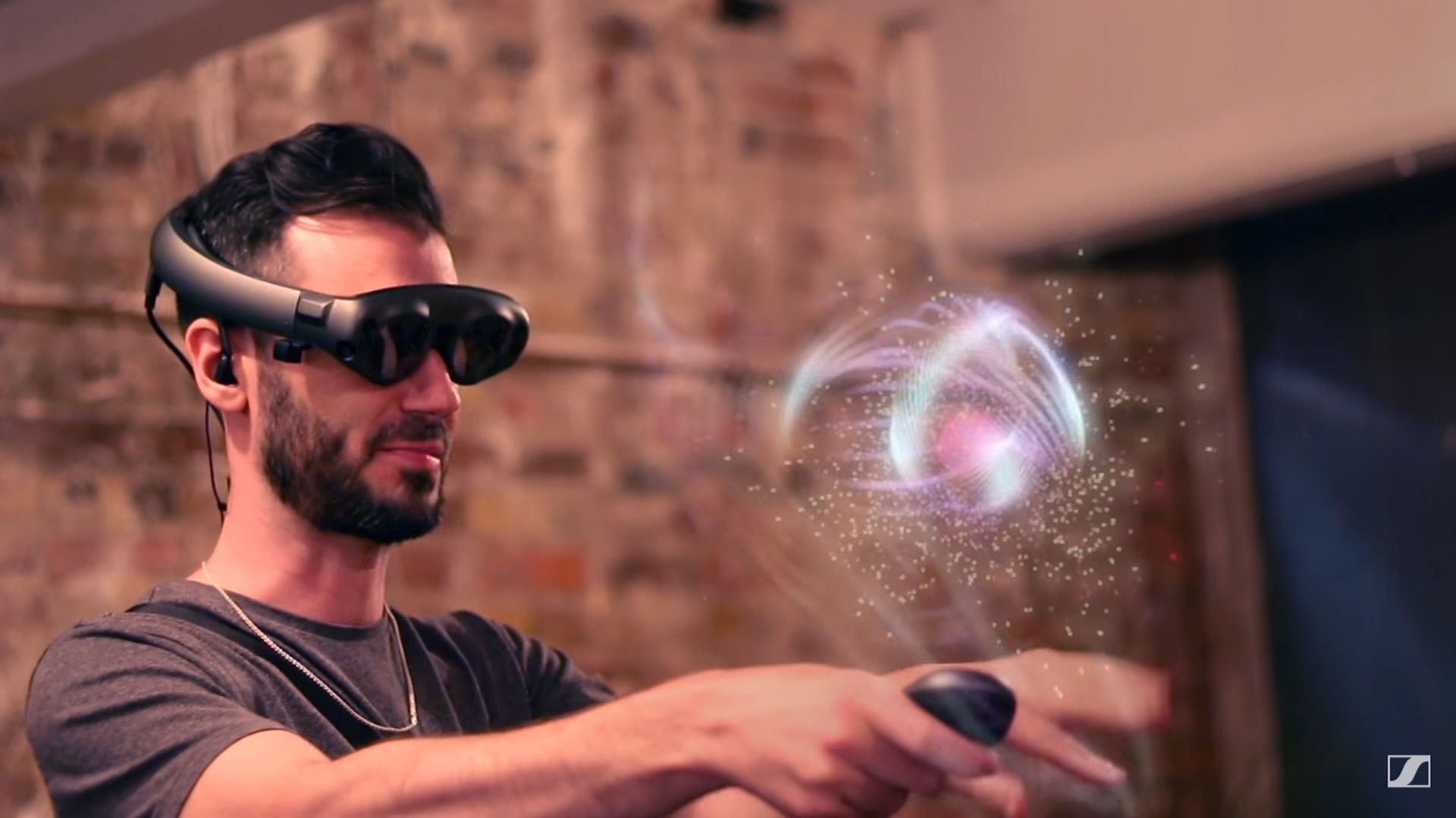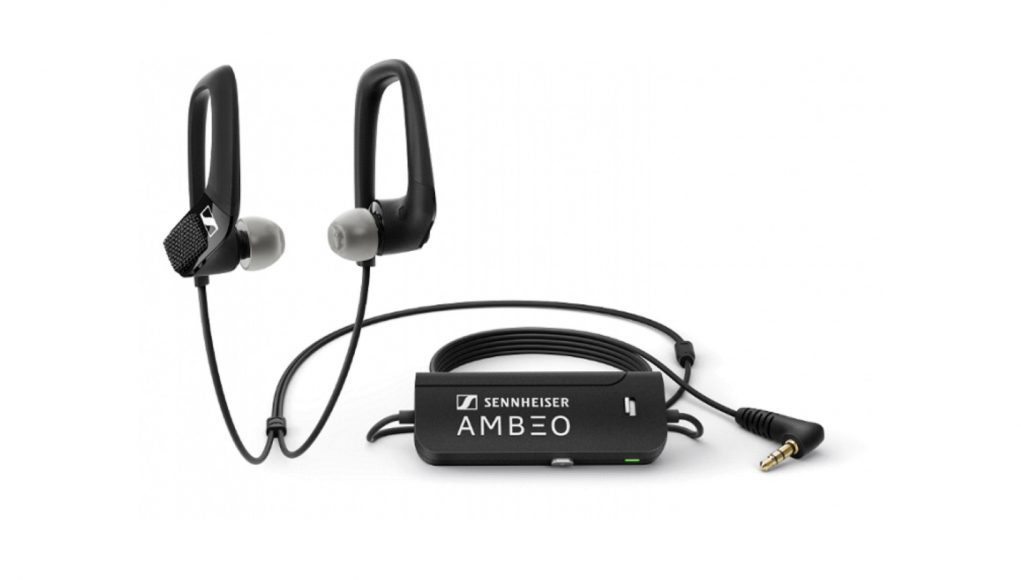Sennheiser and Magic Leap today unveiled the AMBEO AR One in-ear headphones, an external headphone the companies couch as “the first spatial listening accessory to receive official certification by Magic Leap.”
The AMBEO AR One is said to offer users a unique blending of virtual 3D sound with your real acoustic world; the result of Sennheiser’s latest development, ‘Transparent Hearing’, which filters out specific noises in your environment while letting in others—a configurable extension of the company’s noise cancellation technology.
The headphones are also said to feature deep bass, and a complete seal via the company’s ‘Comply’ ear tips. The headphones plug into Magic Leap One’s standard 3.5mm jack.
AMBEO AR One will be available starting sometime next month through Magic Leap in the US, priced at $250.

According to a press statement, developers will be able to choose how much of the outside world’s sound, captured by the headset’s built-in microphones, blends into their spatial audio experience.
The company is also launching a companion app, dubbed ‘AMBEO Augmented Audio Lab’, which provides users with “full control over their sound world, [empowering] developers and creators to craft powerful spatial computing experiences in which real sounds seamlessly blend with virtual audio.”
Users will also be able to record environmental sounds in the app and loop and mix them with loop banks. Several loop banks will be provided for users to get started, including one by beatboxer and music producer SK Shlomo (seen below). Pulsing orbs can be placed around your playspace, providing positional audio and a visual cue of what loops you have around you.
You can find out more by going to Sennheiser’s AMBEO site.







